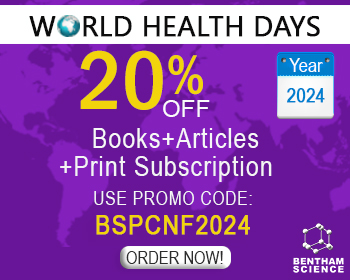Abstract
Curcumin is a yellow pigment found in the spice turmeric and a main functional constituent of the rhizomes of Curcuma longa. The multi-functionality of curcumin has recently attracted much attention in various fields, including food, medicinal, and clinical industries. Three major curcuminoids, curcumin, demethoxycurcumin, and bis-demethoxycurcumin, are distributed in not only Curcuma, but also the Zingiber species; however, distribution of other curcuminoids is very limited in nature. The radical scavenging ability of curcumin, which is the basis of medicinal functionality, is its most important property. Herein, the structures of several rare curcuminoids that have been identified during the past four decades are summarized. Mechanistic studies of the radical trapping stage of curcumin are also comprehensively reviewed, and the studies on antioxidant effects derived from this radical trapping ability of curcuminoids are discussed. Various chemical reactions of curcumin, such as photo-oxidation, enzymatic oxidation, etc. are also summarized. In particular, antioxidation of curcumin in lipid media is introduced as a reaction unique to curcumin.
Keywords: Curcumin, curcuminoids, isolation, Zingiberaceae plants, antioxidant activity, radical coupling reaction, antioxidation mechanism, Diel–Alder products, Curcuma longa, photo-oxidation

























